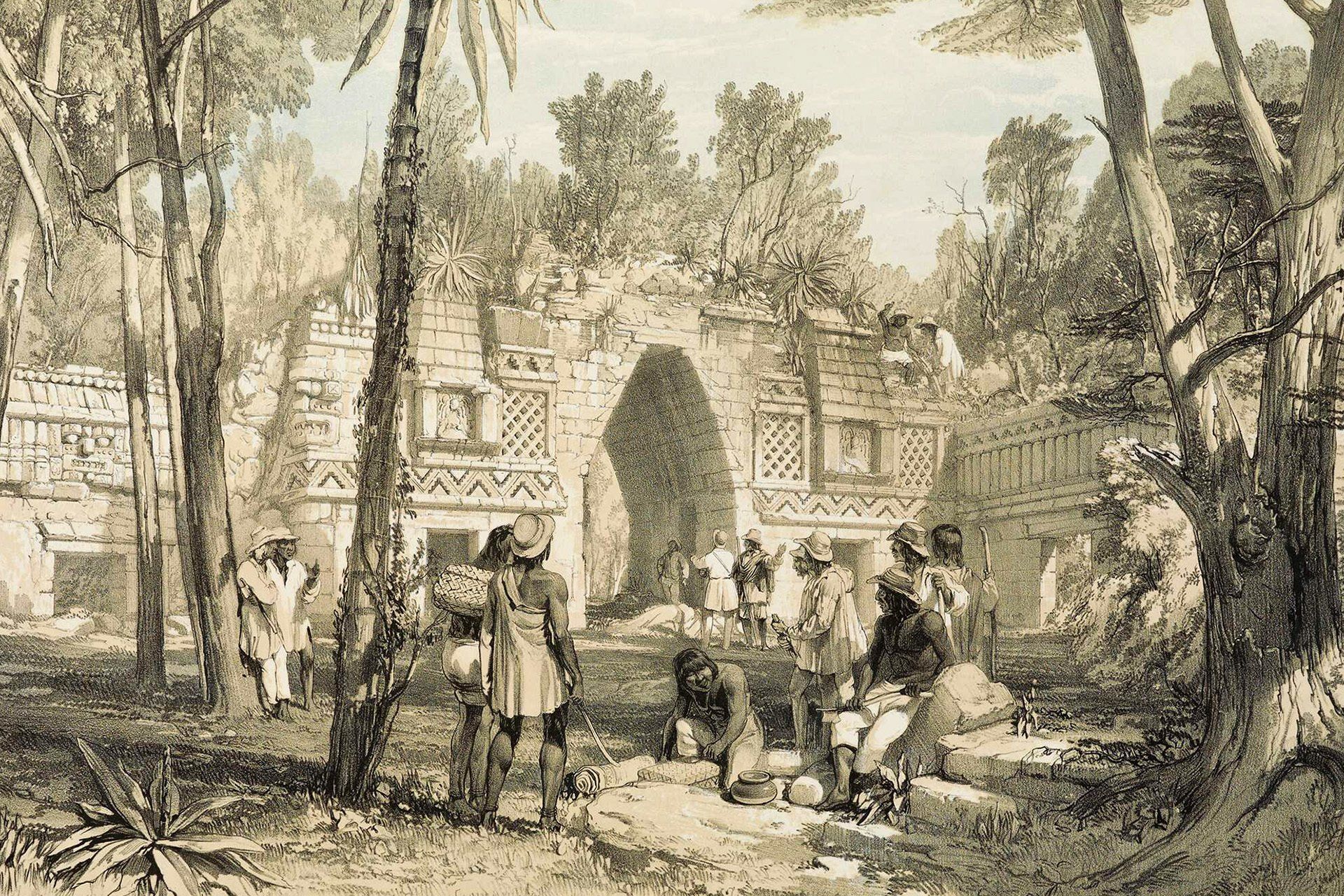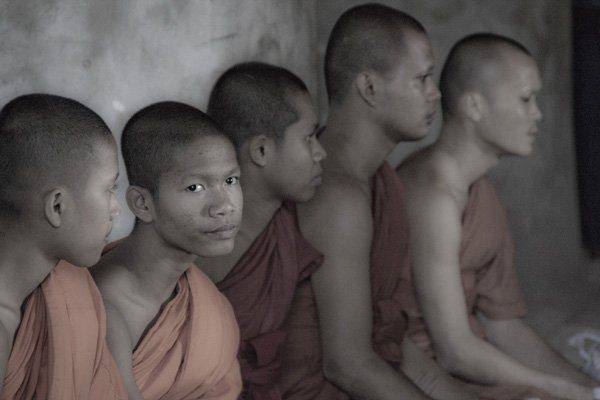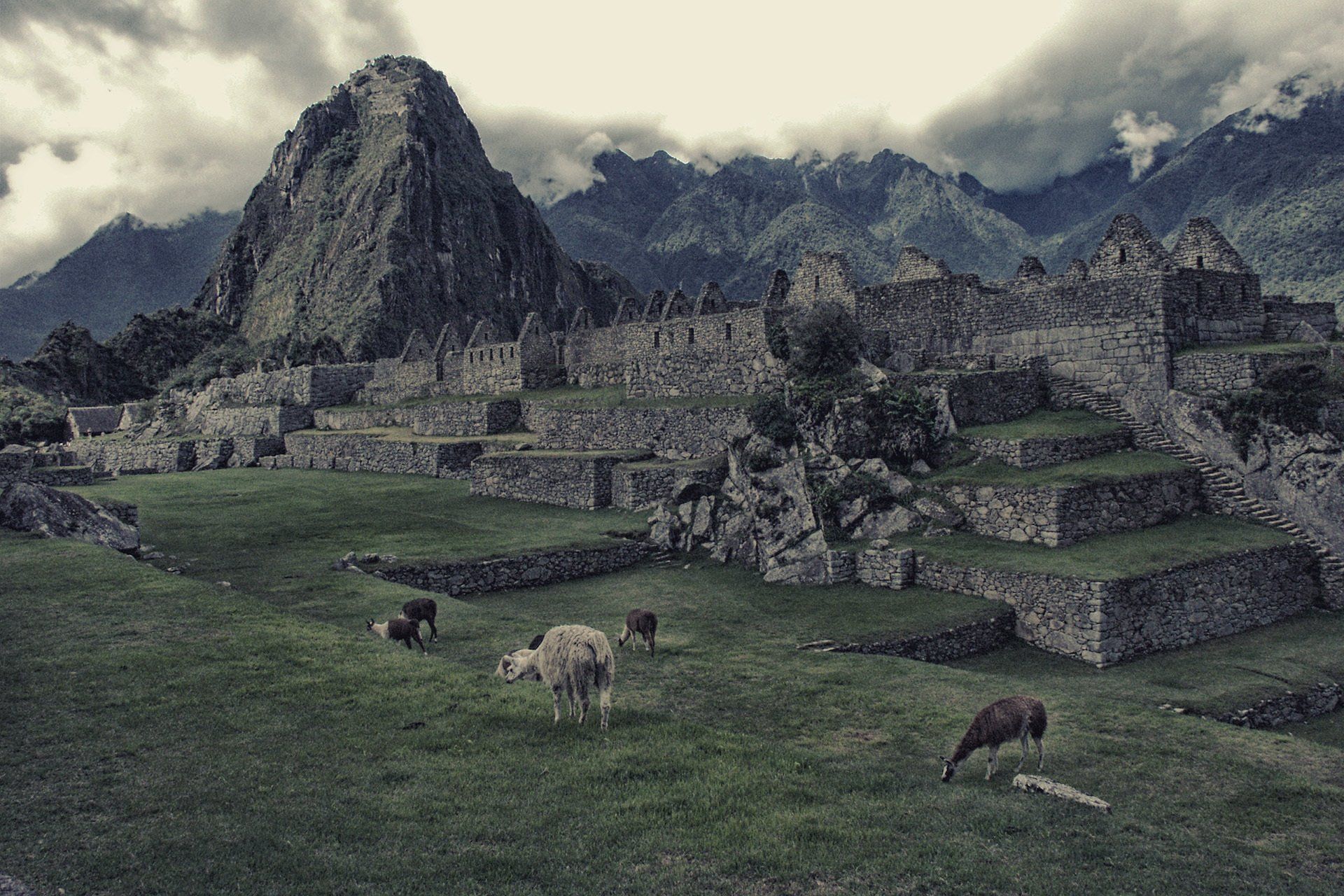“Just as a white summer cloud, in harmony with heaven and earth freely floats in the blue sky from horizon to horizon following the breath of the atmosphere – in the same way the pilgrim abandons himself to the breath of the greater life…"
Lama Anagarika Govinda, Buddhist teacher and poet
how we travel
SMALL GROUPS
As few as two, as many as eight. Like the 19th century global expeditions, we like to assemble members rather than individuals. A group of travelers with shared interests and common ideals. More often people travel to experience a famous building or popular city. Mona Lisa, check. Angkor Wat, check. But what about the people you meet? We don't mean those in hospitality, but those with whom you share a meal, meet their family? People who will be there when you return? Tour buses don't stop there.
GLOBETROTTING FOR ART AND CULTURE
All travel involves collecting souvenirs.
Souvenir is French for "memories." This is what we help you collect. Have you ever traveled or gone to the place of your dreams and NOT taken a picture? This question is asked from a photographer. Photographs are often taken not to remember but to see something for the first time. Traveling with pen and journal is often the way to begin a journey. Writing requires reflection and consideration of a day's experience. That's how memories are made. That's how art is made.
WHO JOURNEYS ARE FOR
The curious and the adventurous. Artists, storytellers, photographers, educators. Perhaps as a child you read the great adventures of Robinson Crusoe or Marco Polo. You dreamed of one day visiting Mongolia before ever seeing Milan. You go, just to go. We're not talking bucket list stuff here. People who will wonder once they arrive, "What am I doing here?"
JOURNEYS, NOT TOURS
What motivates us to sever ourselves from the comfort and familiarity of home to travel to some far-off destination? Places where we may not speak the language, where the people we meet may be suspicious of us, and where the food challenges our taste buds and our stomach? Isn't that the reason why many of us travel?
we know where you want to go. let's plan our journey.
From varied destinations and locales where we have traveled and lived, we can organize your journey within any of the themes listed below. If you prefer something more open-ended, a meandering down the trail sort of thing, we can arrange that as well. Frankly, it is often how we travel.
SACRED ART AND ARCHITECTURE

The sacred is a way for us to understand the order of the universe. Sacred art, for example, is an image of the world in balance. Sacred architecture marks the spot, where the spiritual dimensions of the universe are made visible and understandable to humanity in their everyday world of existence. Sacred architecture is not always a church or temple. It can include the way a culture organizes its villages. It can also be a place that may not even have a building. We have been documenting such sites for over thirty years.
INSIDE THE ARTIST STUDIO

“What is your source of inspiration?” As an artist myself, that question occasionally annoys me. Years ago, I sarcastically answered, “a six-pack of beer.” Inspiration is only a part of the process, such as Enlightenment, which is only a moment in the overall creative life of a Buddhist. In these journeys, we visit the studios of artists, writers, and musicians. We listen to what they have to tell us. we watch as they make their art.
FOLLOWING THEIR EXPLORATIONS

Stephens and Catherwood in the Yucatán. Janet Elliott Wulsin in China. The Barbizon artists in the Forest of Fontainebleau. Artists, poets, and adventurers have led the way into unknown territories as well as having followed the well-worn path. When we visit Angkor Wat or Chaco Canyon, we acknowledge and seek the points of view beheld by those who’ve gone before.
INTO THE LIVES OF OTHERS

We often travel to meet people from cultures different than our own. Part curiosity, but mostly engagement, travelers want to speak with and listen to the ideas and ways of life of others. Put away the telephoto lens. Remember, others are often curious about you as well. A cross glance is usually enough to begin a conversation. When I travel, I hope to show respect as a guest, smile before speaking. Our journeys are not possible without being invited into the lives of those we meet.
ANCIENT CULTURES

Where are they now? Not every society believes that the builders of their culture have gone. The ancestors remain and continue to guide. Think about many indigenous peoples, such as in Australia. When we visit places such as the Stupa of Boudhanath in Nepal, a site with a 1,400-year history of worship, the devote is still there. True, the Sapa Inka has left Cusco and Machu Picchu. The Deva Raja abandoned Angkor Wat. Vanished? There always remains something to see and experience.
THE WELL-TRAVELED SCHOLAR

To paraphrase Mark Twain, who advised, do not let school interfere with your education. In fact, Twain had many things to say about travel and learning and their mutual roles in cultivating the human spirit. Twain's book, Innocents Abroad, is a must read for anyone embarking on a voyage, especially if you are in a group tour. That’s what our journeys stress. The best guide books available are not Lonely Planet or Frommer’s. We arrange tours that begin with Marco Polo, Ib’n Battuta, Bruce Chatwin, and Gertrude Bell.
Video Travel Journal
Fred's imaginations of far-off places started at age 11 when he lived in Paris. Already a globetrotter, thanks to his adventuresome mother, Fred began his globetrotting when they sailed across the Atlantic and traveled around Europe. Eventually the family settled in Paris, France where Fred studied art and music until ready for high school back in America. He began to collect coins from those journeys and from other as-yet-to-be visited places. Fred often studied these 'souvenirs' with a world atlas to visualize where they came from. The names of places seemed so exotic, such as Timbuktu. Fred's first journey to Asia in 2001 began to fulfill a boyhood dream: to visit places that end with the sound of "ew," starting with Kathmandu. Timbuktu, Peru, and Uluru, would eventually follow.
So, off to Nepal. Kathmandu has been a recurring destination for Fred where he takes residence at
the Shechen Buddhist Monastery Guesthouse.
The following video is a narrated journal of why he returns to this place,
as with many others,
repeatedly over the years.
LOCATION
Siem Reap, Cambodia
Las Vegas, Nevada
All Content, Writing & Photography © 2023 Fred Sigman dba eLearning Media
